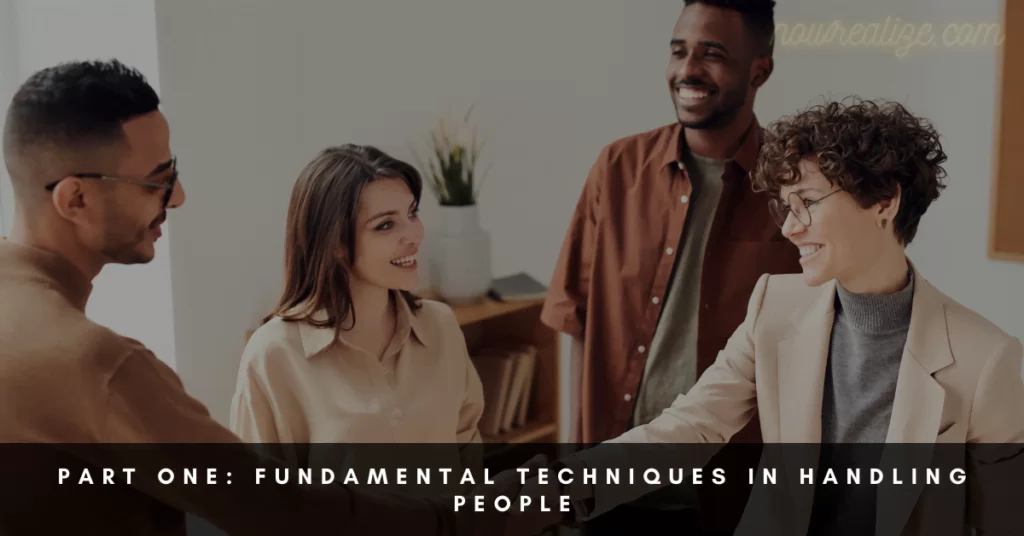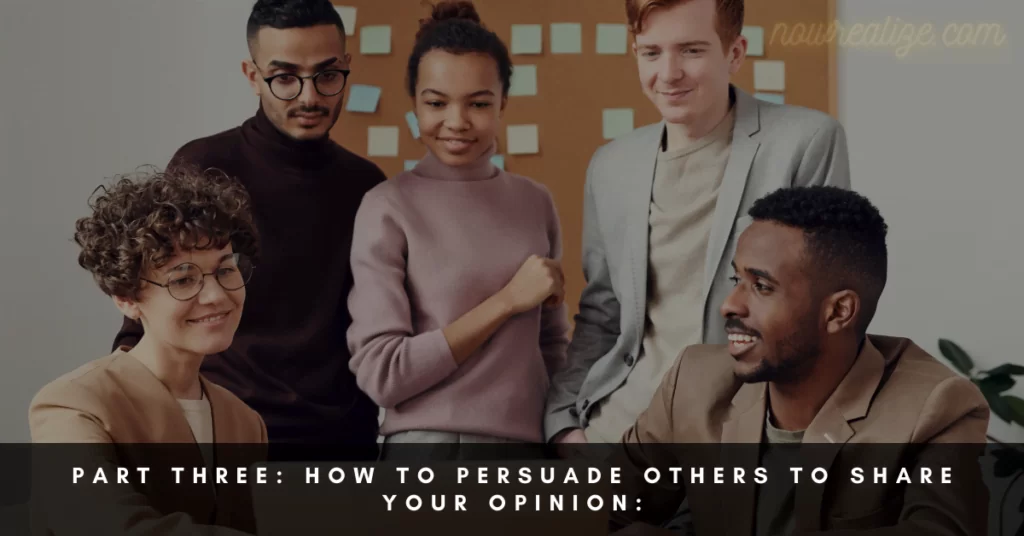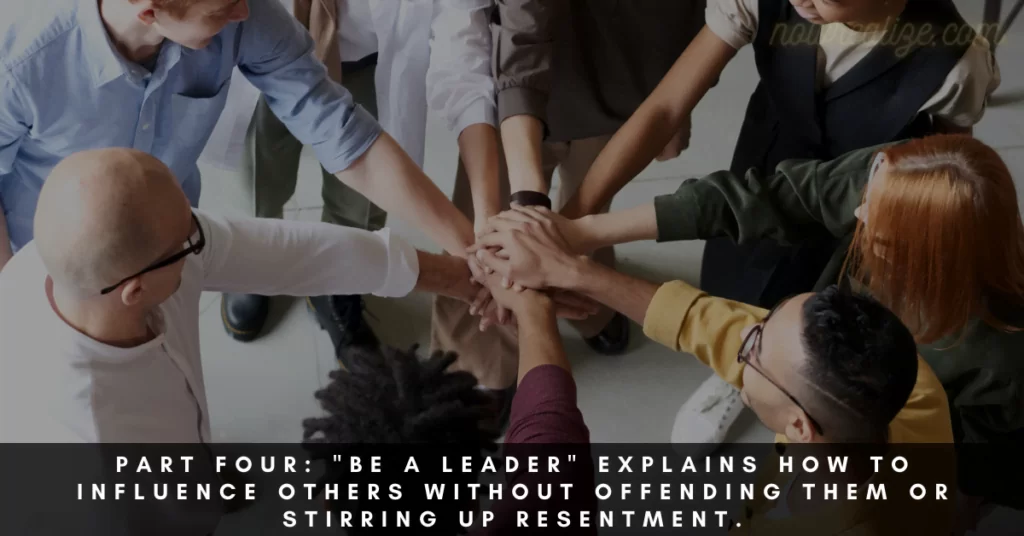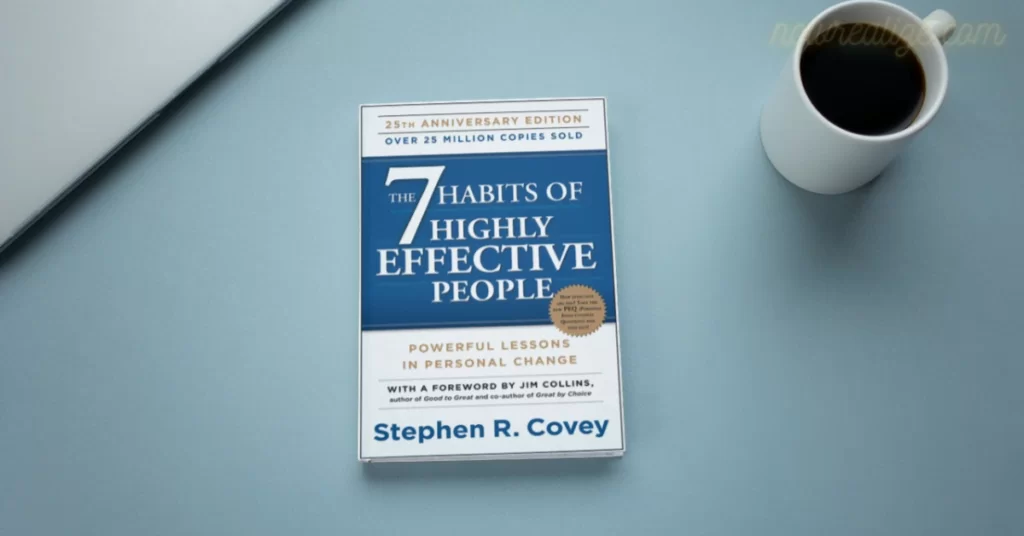
Table of Contents
Introduction:
“How to Win Friends and Influence People” is a self-help book written by Dale Carnegie, and first published in 1936. The book provides practical advice on how to improve social skills, become more successful in personal and professional relationships, and positively influence others.
It is broken up into four sections and includes subjects like how to deal with people, how to win people around to your point of view, and how to be a leader. The book has sold over 30 million copies worldwide and is considered a classic in the field of self-help and personal development.
Part One: Fundamental Techniques in Handling People

In this section of the book, Dale Carnegie introduces some fundamental techniques for handling people. These techniques are essential for building positive and successful relationships with others.
Chapter 1: “Don’t Kick Over the Beehive if You Wish to Collect Honey”
The first chapter of the book emphasizes the importance of not criticizing, condemning, or complaining. According to Carnegie, criticism is futile because it puts people on the defensive, makes them resentful, and rarely accomplishes its intended purpose. Instead, he suggests that we should try to understand people’s perspectives, be empathetic, and look for the positive aspects in every situation.
Chapter 2: “The Big Secret of Dealing with People”
The second chapter of the book reveals the big secret of dealing with people: giving them what they want. Carnegie suggests that everyone has a deep desire to feel important and appreciated. By showing genuine interest in people, listening to their opinions, and praising their achievements, we can make them feel valued and respected.
Chapter 3: “The entire world is behind whoever can accomplish this. He Who Is Unable Walks a Lonely Path”
The third chapter of the book talks about the power of smiling and being pleasant. According to Carnegie, a smile is an inexpensive way to improve one’s appearance, enhance one’s mood, and make others feel welcome. He also emphasizes the importance of being courteous, polite, and respectful in all interactions.
Conclusion:
In summary, the first part of “How to Win Friends and Influence People” provides some essential techniques for handling people. By avoiding criticism, giving people what they want, and being pleasant and courteous, we can build positive relationships and positively influence others. These techniques are simple but powerful, and they can be applied in all areas of life to achieve greater success and happiness.
Part Two: Six Strategies to Win Friendships:

In this section of the book, Dale Carnegie provides six ways to make people like you. These techniques are powerful tools for building positive relationships and making a good impression on others.
Chapter 1: “Do This and You’ll Be Welcome Anywhere”
The first chapter of Part Two emphasizes the importance of showing a genuine interest in others. Carnegie suggests that by being genuinely interested in others, we can make them feel important, build rapport, and establish a positive connection. He also suggests that we should listen more than we talk, and ask questions that show we are interested in their opinions and experiences.
Chapter 2, “An Easy Way to Create a Good First Impression,”
The second chapter of Part Two provides a simple way to make a good first impression: smile. According to Carnegie, a smile is the universal language of friendliness and goodwill. By smiling, we can make others feel welcome, comfortable, and valued.
Chapter 3: “If You Ignore This, You Are Heading for Disaster”:
The third chapter of Part Two highlights the importance of remembering people’s names. According to Carnegie, the sweetest sound in any language is a person’s name. By remembering people’s names, we can make them feel important and valued, and build a positive connection with them.
Chapter 4: “A Simple Method to Improve Your Conversational Skills”
The fourth chapter of Part Two provides an easy way to become a good conversationalist: be a good listener. Carnegie suggests that by listening more than we talk and asking questions that show we are interested in others, we can build rapport, establish trust, and make others feel valued.
Chapter 5: “How to Interest People”
The fifth chapter of Part Two provides tips on how to interest people. Carnegie suggests that by talking about topics that are interesting and relevant to others and presenting information in a way that is engaging and easy to understand, we can capture their attention and make a positive impression.
Chapter 6: “How to Make People Like You Instantly”
The final chapter of Part Two provides a technique for making people like you instantly: find something to like about them. Carnegie suggests that by looking for the positive qualities in others and expressing genuine appreciation for them, we can make them feel good about themselves and build a positive connection.
Conclusion:
In summary, the second part of “How to Win Friends and Influence People” provides six powerful techniques for making people like you. By showing a genuine interest in others, smiling, remembering names, being a good listener, talking about interesting topics, and finding something to like about others, we can build positive relationships and make a good impression on others. These techniques are simple but effective, and they can be applied in all areas of life to achieve greater success and happiness.
Part three: How to Persuade Others to Share Your Opinion:

In this section of the book, Dale Carnegie provides techniques for winning people over your way of thinking. These techniques focus on building rapport, understanding others’ perspectives, and finding common ground.
Chapter 1: “You Can’t Win an Argument”
The first chapter of Part Three emphasizes the futility of arguments. According to Carnegie, arguments only make people defensive, and they rarely result in a change of opinion. Instead, Carnegie suggests that we should focus on finding common ground, understanding others’ perspectives, and presenting our ideas in a way that is respectful and persuasive.
Chapter 2: “A Sure Way of Making Enemies—and How to Avoid It”
The second chapter of Part Three provides tips for avoiding conflict and making friends. Carnegie suggests that by avoiding criticism and condemnation and focusing on understanding others’ perspectives, we can build rapport and establish positive relationships.
Chapter 3: “If You’re Wrong, Admit It”
The third chapter of Part Three highlights the importance of admitting when we are wrong. According to Carnegie, admitting our mistakes shows humility and integrity, and it can help build trust and respect with others.
Chapter 4: The “Morale High Ground to Man’s Reason”
The fourth chapter of Part Three provides a technique for persuading others: appeal to their self-interest. Carnegie suggests that by presenting our ideas in a way that shows how they benefit others, we can build rapport and establish a persuasive argument.
Chapter 5: “The Secret of Socrates”
The fifth chapter of Part Three provides a technique for questioning others: use the Socratic method. Carnegie suggests that by asking open-ended questions that encourage others to think critically and arrive at their own conclusions, we can build rapport and establish a persuasive argument.
Chapter 6: When handling complaints, use “The Safety Valve”
The sixth chapter of Part Three provides tips for handling complaints. Carnegie suggests that by listening to others’ complaints, acknowledging their frustrations, and finding solutions that benefit everyone, we can build rapport and establish positive relationships.
Chapter 7: “How to Get Cooperation”
The seventh chapter of Part Three provides tips for getting others to cooperate with us. Carnegie suggests that by appealing to others’ self-interest, showing them the benefits of cooperation, and establishing common ground, we can build rapport and establish a positive relationship.
Chapter 8: “A Method That’ll Do Miracles for You”
The eighth chapter of Part Three provides a formula for persuasion: show others how your ideas benefit them, and how they align with their values and goals. Carnegie suggests that by appealing to others’ self-interest and finding common ground, we can establish a persuasive argument.
Chapter 9: “What Everybody Wants”
The final chapter of Part Three provides insights into what motivates people. Carnegie suggests that everyone wants to feel important and valued, and by showing genuine interest in others and building positive relationships, we can help fulfill this desire.
Conclusion:
In summary, the third part of “How to Win Friends and Influence People” provides techniques for winning people over to your way of thinking. By avoiding arguments and criticism, admitting our mistakes, appealing to others’ self-interest, and finding common ground, we can establish positive relationships and persuade others to our way of thinking. These techniques are powerful tools for achieving greater success and happiness in all areas of life.
Part Four: “Be a Leader” explains how to influence others without offending them or stirring up resentment.

The final section of “How to Win Friends and Influence People” is focused on leadership, and how to effectively lead and influence others without causing offense or resentment.
Chapter 1: “If You Have to Find Fault, Start Here”
Carnegie advises that if one must criticize or find fault with someone, one should begin with honest and sincere praise. This helps to establish a positive and receptive tone for the criticism that follows.
Chapter 2: “How to Criticize—and Not Get Hatred for It”
In this chapter, Carnegie explains that criticism should be done constructively and tactfully, rather than harshly and confrontationally. He suggests that criticism should focus on the behavior rather than the person, and should be given in private, not in front of others.
Chapter 3: “Talk About Your Own Mistakes First”
To effectively lead others, Carnegie suggests that one should first acknowledge their own mistakes and shortcomings. This can help to establish a sense of humility and relatability, and can also encourage others to admit their own mistakes and strive for improvement.
Chapter 4: “No One Likes to Take Orders”
Carnegie emphasizes the importance of giving directions and orders in a way that does not come across as authoritarian or domineering. He suggests that leaders should give orders in a way that respects the autonomy and dignity of their subordinates.
Chapter 5: “Let them save face,” the saying goes.
When someone makes a mistake or is criticized, Carnegie advises that their dignity and self-respect should be preserved. He suggests that leaders should frame feedback in a way that allows the person to save face and maintain their self-esteem.
Chapter 6: “How to Motivate Others for Success,”
Carnegie suggests that leaders should motivate and inspire their subordinates by focusing on their strengths and potential, rather than their weaknesses or shortcomings. He also emphasizes the importance of recognizing and rewarding good performance.
Chapter 7: “Give a Dog a Good Name”
In this chapter, Carnegie explains that people are likelier to live up to positive expectations and labels. Therefore, leaders should give their subordinates positive names and labels that reflect their potential and strengths.
Chapter 8: “Make the Fault Seem Easy to Correct”
When correcting someone’s behavior, Carnegie suggests that leaders should present the correction in a way that seems achievable and not overwhelming. He suggests breaking down the correction into smaller, more manageable steps.
Chapter 9: “Making People Glad to Do What You Want”
Finally, Carnegie advises that the best way to get people to do what you want is to make them want to do it. Leaders should focus on creating a sense of enthusiasm and purpose among their subordinates and should make them feel valued and appreciated.
Conclusion:
In the conclusion of “How to Win Friends and Influence People,” Dale Carnegie emphasizes that the principles he has outlined in the book are not just manipulative tactics to get what one wants, but rather a way of genuinely connecting with and understanding other people.
He notes that the ability to effectively communicate, understand, and influence others is essential for success in both personal and professional life. By following the principles outlined in the book, Carnegie believes that one can not only achieve their own goals but also create positive and meaningful relationships with others.
Ultimately, Carnegie encourages readers to practice empathy and kindness towards others and to approach every interaction with a genuine desire to understand and connect.






